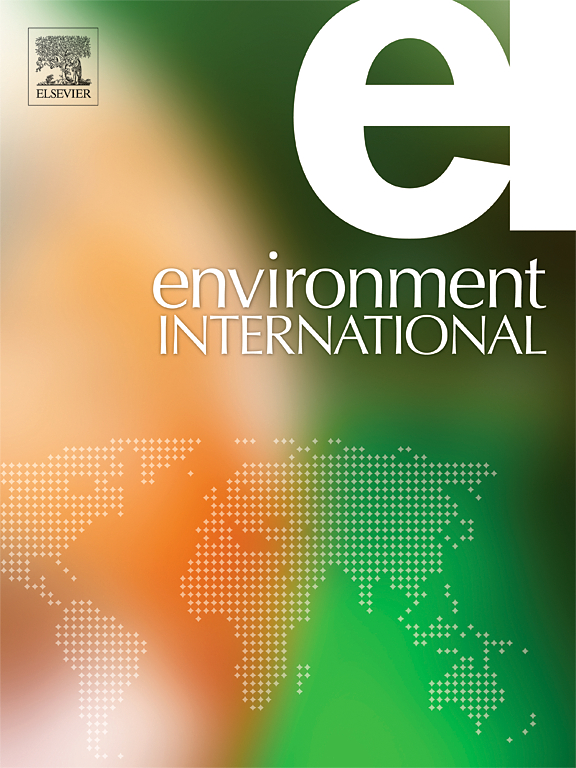Advancing non-target analysis of emerging environmental contaminants with machine learning: Current status and future implications
IF 10.3
1区 环境科学与生态学
Q1 ENVIRONMENTAL SCIENCES
引用次数: 0
Abstract
Emerging environmental contaminants (EECs) such as pharmaceuticals, pesticides, and industrial chemicals pose significant challenges for detection and identification due to their structural diversity and lack of analytical standards. Traditional targeted screening methods often fail to detect these compounds, making non-target analysis (NTA) using high-resolution mass spectrometry (HRMS) essential for identifying unknown or suspected contaminants. However, interpreting the vast datasets generated by HRMS is complex and requires advanced data processing techniques. Recent advancements in machine learning (ML) models offer great potential for enhancing NTA applications. As such, we reviewed key developments, including optimizing workflows using computational tools, improved chemical structure identification, advanced quantification methods, and enhanced toxicity prediction capabilities. It also discusses challenges and future perspectives in the field, such as refining ML tools for complex mixtures, improving inter-laboratory validation, and further integrating computational models into environmental risk assessment frameworks. By addressing these challenges, ML-assisted NTA can significantly enhance the detection, quantification, and evaluation of EECs, ultimately contributing to more effective environmental monitoring and public health protection.
用机器学习推进新兴环境污染物的非目标分析:现状和未来影响
新兴环境污染物(EECs),如药品、农药和工业化学品,由于其结构多样性和缺乏分析标准,对检测和鉴定构成了重大挑战。传统的靶向筛选方法往往无法检测到这些化合物,因此使用高分辨率质谱(HRMS)进行非目标分析(NTA)对于识别未知或可疑的污染物至关重要。然而,解释由HRMS生成的大量数据集是复杂的,需要先进的数据处理技术。机器学习(ML)模型的最新进展为增强NTA应用提供了巨大的潜力。因此,我们回顾了关键的发展,包括使用计算工具优化工作流程,改进化学结构识别,先进的量化方法和增强的毒性预测能力。它还讨论了该领域的挑战和未来前景,例如改进用于复杂混合物的ML工具,改进实验室间验证,以及进一步将计算模型集成到环境风险评估框架中。通过解决这些挑战,ml辅助的NTA可以显著增强对eec的检测、量化和评估,最终有助于更有效的环境监测和公共健康保护。
本文章由计算机程序翻译,如有差异,请以英文原文为准。
求助全文
约1分钟内获得全文
求助全文
来源期刊

Environment International
环境科学-环境科学
CiteScore
21.90
自引率
3.40%
发文量
734
审稿时长
2.8 months
期刊介绍:
Environmental Health publishes manuscripts focusing on critical aspects of environmental and occupational medicine, including studies in toxicology and epidemiology, to illuminate the human health implications of exposure to environmental hazards. The journal adopts an open-access model and practices open peer review.
It caters to scientists and practitioners across all environmental science domains, directly or indirectly impacting human health and well-being. With a commitment to enhancing the prevention of environmentally-related health risks, Environmental Health serves as a public health journal for the community and scientists engaged in matters of public health significance concerning the environment.
 求助内容:
求助内容: 应助结果提醒方式:
应助结果提醒方式:


